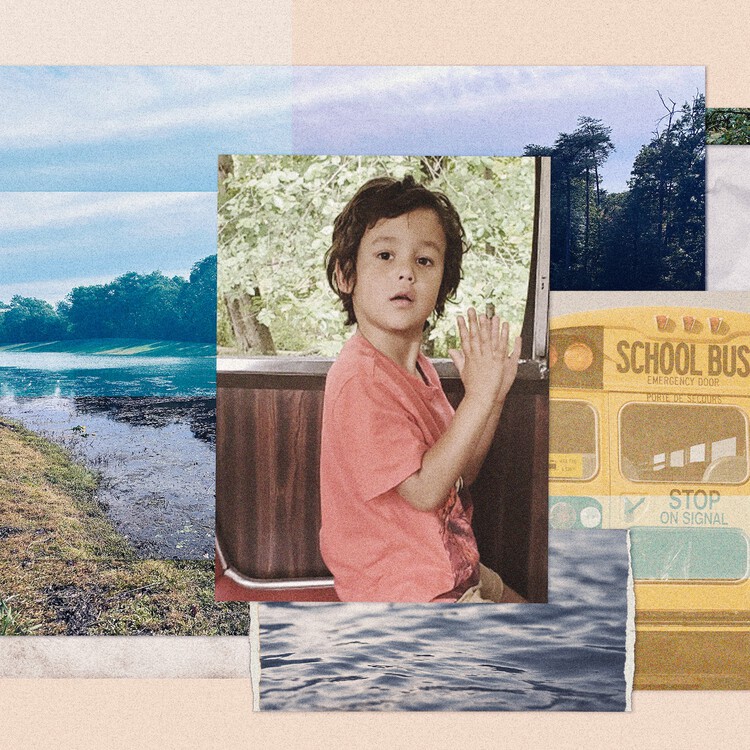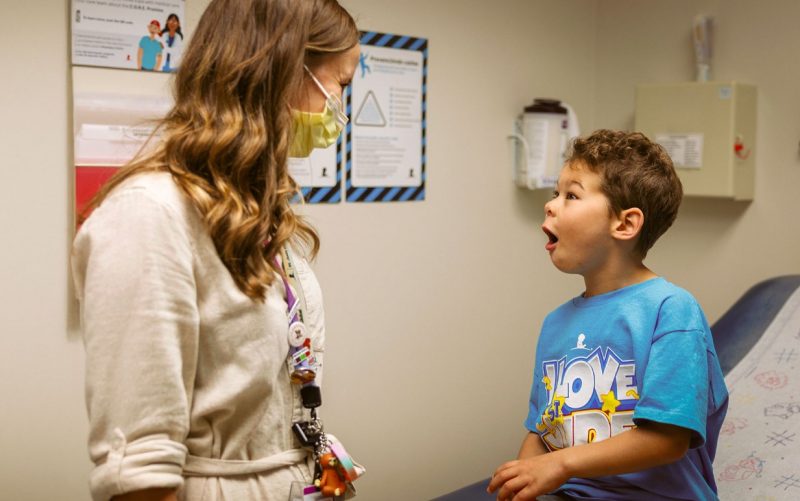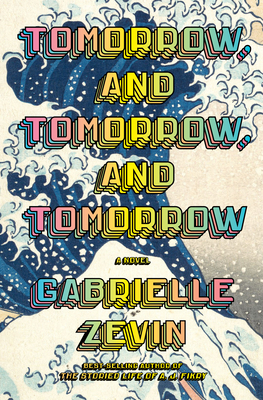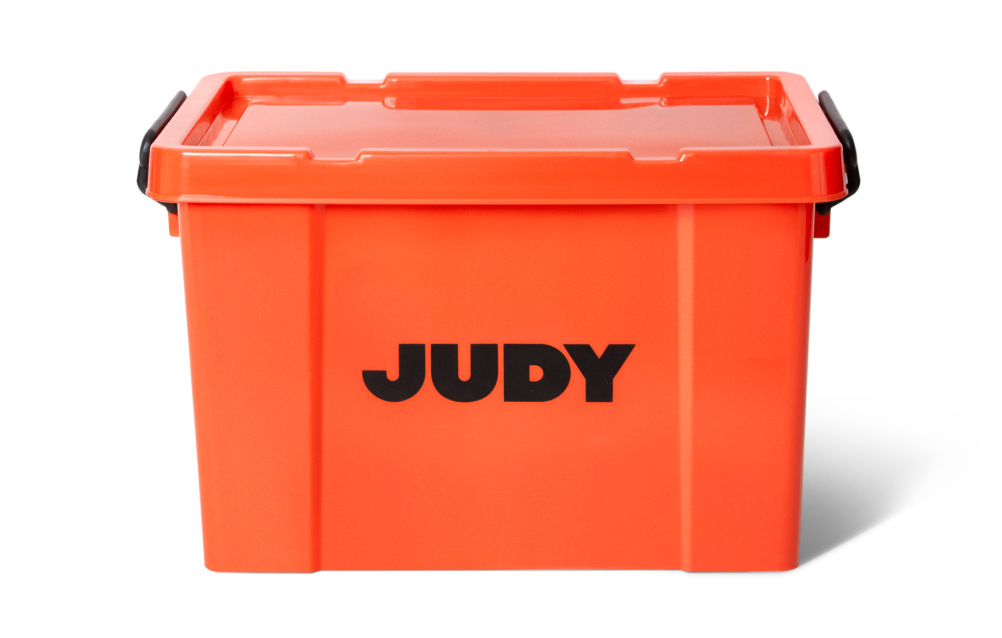Welcome to In Good Co., your weekly dispatch on neurodiversity and causes worth caring about.
💜 Stimmates® Spotlight
The Grave Danger of Eloping and Drowning Risks for Autistic Children
Elopement occurs when a child suddenly wanders away without warning. For many families with neurodivergent kids, this is a constant, heart-stopping worry.
Unlike typical toddler curiosity, elopement in autistic children is often a way to communicate or react to the world around them in real-time.
Even if your child can’t express why they elope, they’re often trying to get somewhere or escape something, making it a serious safety issue for families.
🚨 Common reasons for eloping include:
- Movement: Many neurodivergent kids love to run or explore new places.
- Favorite spots: They often try to reach a special place or object they like.
- Escaping stress: Loud noises, bright lights, or crowds can cause flight responses.
- Intense interests: A strong focus on things like vehicles or water may cause them to bolt.
⚠️ Why is eloping so dangerous?
Elopement puts children at grave risk. Many autistic kids don’t fully grasp dangers like traffic, strangers, or water. Drowning is the leading cause of death in autistic children under 14, making water especially dangerous.
Every parent’s worst nightmare is that snap moment of separation when their child slips away.
The pain, guilt, and worry are overwhelming. Raising awareness, proactive safety planning, and stronger community support can save lives.

Miles McMahon drowned in a pond after eloping from his Maryland home on Oct. 13, 2024. He was 5 years old. (Washington Post)
Prevention Tips and What to Look Out For
A comprehensive safety plan involves environmental security, teaching skills, and community preparedness.
1. Environmental and Home Security
Layered security in your home is the first line of defense.
| What to Look For | Prevention Tip |
|---|---|
| Open Doors/Windows | Install high-security locks (key-locks, bolt locks) placed high out of your child's reach. Door alarms or window/door chimes can alert you immediately if an exit is opened. |
| Unlocked Gates/Fences | Secure your yard with tall fences and self-locking gates. Ensure all gates are double-locked. |
| Sensory Overload Triggers | Identify and address environmental triggers. Create a designated, safe "break space" or sensory room for your child to retreat to when they are overwhelmed. |
2. Teaching Safety Skills
Lifeskills are essential given the high risk of drowning.
- 🏊 Water Safety: Enroll your child in swim lessons that specialize in teaching children with special needs. Teach clear rules about water safety.
- 🚦 Response Training: Practice “stop drills” where you teach your child to stop immediately when you shout their name or a specific command.
- 🪪 ID and Communication: Teach your child to say their name, address, and phone number, or ensure they wear a medical ID bracelet with this critical information.
3. Community Preparedness and Tools
You’re not alone. Your community can be a vital safety net.
- 🏡 Alert Your Neighbors: Inform trusted neighbors about your child's tendency to wander and provide them with a recent photo and your contact information.
- 🚑 Inform First Responders: Contact your local police and fire departments on a non-emergency line to inform them about your child's diagnosis and elopement risk. Many organizations offer programs like the National Autism Association’s Big Red Safety Box to help you create an official emergency profile.
- 🛟 Use Tracking Technology: Invest in a wearable GPS tracking device (e.g., watches, shoe inserts) that can provide real-time location data.
4. Identifying Pre-Elopement Signs
Vigilance means recognizing the behavior before your child bolts. Look for patterns in your child’s behavior and log every elopement incident.
- 😩 Agitation or Distress: Is your child increasingly restless, agitated, or showing signs of a meltdown? This could signal they are seeking escape.
- 😳 Fixation on a Target: Is your child gazing intently or trying to move toward a specific object, person, or exit?
- 😰 Times of Transition or Commotion: Be watchful during times of high stress, such as parties, family gatherings, vacations, or when moving between activities (e.g., from the car to the store).
Elopement can be a stressful reality for families in the ASD community, but through awareness, a layered safety plan, and community support, you can significantly reduce the risks and help keep your children safe.
Learn more at Stimmates®, a welcoming, safe space for neurodivergent people and their families to connect and thrive. Explore resources, share authentic experiences, and find support designed to make life a little less isolating.
💚 Communitees™ Corner
St. Jude Children’s Research Hospital: Lighting the Way for Families Facing Childhood Illness
St. Jude is a beacon of hope for families navigating the unimaginable challenges of pediatric disease. Founded on the belief that “no child should die in the dawn of life,” they provide world-class treatment and pioneering research to find cures and save young lives.

Beyond medical care, St. Jude offers families emotional support, housing, and financial assistance so they can focus on healing instead of paying bills. Their mission is powered by generosity and a commitment to breaking down barriers that stand between children and recovery.,
💸 Donate to Fund Research and Care
St. Jude relies heavily on donations to fuel life-saving research and provide free care to children battling cancer and other life-threatening diseases. Each year, they treat over 8,000 patients without charging families a dime.
Donations help develop new therapies, improve survival rates (which have risen to over 80%), and support groundbreaking clinical trials.
By giving directly, you empower scientists and doctors to find cures faster and ensure every child receives the best care possible, regardless of their financial situation.
🛍️ Shop for a Cause
St. Jude’s Official Gift Shop offers apparel, accessories, and gifts that let supporters wear their cause proudly.
Every purchase helps fund patient care and research efforts. The store features exclusive collections, seasonal items, and collaboration pieces, all designed to raise awareness while generating critical funds.
This is a meaningful way to show your support while spreading the word about St. Jude’s mission to save kids and end childhood cancer.
📅 Participate in Events and Fundraisers
Beyond donations and shopping, St. Jude offers several ways to volunteer and get involved through charity events and various community fundraisers nationwide.
These events bring people together to celebrate survivors, honor those lost, and raise vital funds to support patient housing, treatment advancements, and family services for those facing long, hard-fought battles.
- 🍟 Ronald McDonald House Charities: Providing families with a home away from home during treatment.
- 🍋 Alex’s Lemonade Stand Foundation: Fighting childhood cancer through research and awareness.
- 🧞 Make-A-Wish Foundation: Granting life-changing wishes for children facing critical illnesses.
Learn more at Communitees™, where cause-driven apparel gives more visibility to missions that matter. We collaborate with nonprofits, artists, and advocates to amplify messages of hope, equity, and change.
💙 Advocacy Angle
Our Teachers Are Burning Out, and Our Kids Are Paying the Price
When we talk about unsung heroes, teachers often get overlooked. They’re not just educators—they’re counselors, social workers, and front-line crisis managers all rolled into one. Yet, the pay and respect they receive don’t come close to matching the weight of their daily responsibilities.
Inside the classroom, the reality is overwhelming. For parents of children with complex needs, the pressure on teachers feels even greater. They’re expected to fill gaps left by underfunded mental health services, public safety, and social programs, often without proper training.
This relentless strain fuels high burnout rates and teacher shortages. The ones who suffer most are the students who depend on experienced teachers, especially those with special needs from vulnerable communities.
But demands keep growing as classrooms become more diverse and complex. Teachers juggle 20 to 30 students at a time (double the recommended limit) while coordinating with parents, other teachers, and therapists.
Still, many lack adequate aides, ongoing training, and emotional support. Yet, their pay falls far behind that of their peers. The result? High turnover rates contribute to learning loss, especially in under-resourced schools.
The Burden Teachers Carry
- 🕒 Caseload Overload: Managing twice the recommended students with varied and complex needs.
- 📚 Multifaceted Roles: Juggling teaching, therapy coordination, legal compliance, and communication with families.
- 😔 Emotional Labor: Constantly supporting students with behavioral and emotional challenges, risking compassion fatigue.
- 🔄 Lack of Support: Scarce aides and insufficient professional development.
- 💸 Compensation Gap: Salaries that don’t reflect the demanding scope of their work.
- 📉 High Turnover: Stress and low pay are driving teachers out, leaving vulnerable kids behind.
You’ve probably seen the viral Matt Damon video defending public school teachers. Drawing from his mother’s decades in the classroom, he highlights their fierce dedication and the political attacks targeting unions and education policy.
No one disputes that teachers should be held accountable. But the point here is about supporting those committed to a challenging job that few want.
Teacher unions fight for fair pay, smaller class sizes, and better resources. They’re not the enemy; they’re the frontline advocates shaping our children’s futures.
Supporting teachers is about protecting quality education, fair pay, and safety for every student. When we undervalue educators, the entire system suffers, and those who need the most support are left paying the highest price.
✅ Action Steps: Make It Personal. Make It Policy.
🗣️ Raise your voice. Contact your elected officials and urge them to increase funding for education, support fair pay for public school teachers, and provide essential resources for special needs classrooms.
🇺🇸 United States
- USA.gov Elected Officials Directory: Comprehensive directory for federal, state, and local officials.
- Contact Your Senator: Official Senate site to find and contact your U.S. Senators.
- Contact Your Representative: Official House of Representatives site to find your member by ZIP code.
- GovTrack.us: Search and track members of Congress, with contact info and legislative activity.
- Vote Smart: Search elected officials with biographical info and contact details.
🇬🇧 United Kingdom
- WriteToThem: Easily find and contact your MP, local councilors, and other representatives.
- UK Parliament Contact: Official MP contact details.
🇨🇦 Canada: Find and contact your Member of Parliament.
🇪🇺 European Union: Find your official parliament contact.
🇦🇺 Australia: Find your federal MP or Senator.
- 📚 National Education Association (NEA): Advocating for public education and teachers in the United States.
- 👩🏫 NAFSA: Association of International Educators: The world's largest nonprofit association dedicated to international education and exchange.
- 🧩 Council for Exceptional Children: Supporting special educators and inclusive schooling.
💛 Before You Co.
Eddie’s Weekly Wrap-Up
🎵 Sing w/the Co. | Teach Your Children by Crosby, Stills, Nash & Young
This song couldn’t be more timely, especially after our advocacy deep dive supporting teachers and students.
Graham Nash shared in his 2013 autobiography that the song was inspired by a powerful photo of a young boy clutching a plastic grenade.
“The origin of the song came from my recent infatuation with art. I had begun collecting photographs around that time, powerful images that had an emotional effect on me. One, in particular, was a Diane Arbus image of a boy in Central Park. It spoke volumes to me. The kid was only about nine or ten years old, but his expression bristled with intense anger. He had a plastic grenade clenched in a fist, but it seemed to me that if it were real, the kid would have thrown it. The consequences it implied startled me. I thought, ‘If we don’t start teaching our kids a better way of dealing with each other, humanity will never succeed.’”
📚 Read w/the Co. | Tomorrow, Tomorrow, and Tomorrow by Gabrielle Zevin

A brilliant, heartfelt story about friendship, creativity, and navigating life’s twists and turns, all set against the fascinating backdrop of video game design.
Favorite excerpt: “The alternative to appropriation is a world where white European people make art about white European people with only white European references in it. Swap African or Asian or Latin or whatever culture you want for European. A world where everyone is blind and deaf to any culture or experience that is not their own.”
“I hate that world, don't you?”
“I'm terrified of that world, and I don't want to live in that world, and as a mixed-race person, I literally don't exist in it. My dad, whom I barely knew, was Jewish. My mom was an American-born Korean. I was raised by Korean immigrant grandparents in Koreatown, Los Angeles, and as any mixed-race person will tell you, to be half of two things is to be whole of nothing.”
📺 Watch w/the Co. | The Newsroom (2012)
Aaron Sorkin’s The Newsroom was one of my favorite shows. In this scene, Jeff Daniels’ character calls out America’s self-image with brutal honesty.
“Just in case you accidentally wander into a voting booth one day, there are some things you should know… and one of them is that there is absolutely no evidence to support the statement that we’re the greatest country in the world. We’re seventh in literacy, twenty-seventh in math, twenty-second in science, forty-ninth in life expectancy, 178th in infant mortality, third in median household income, number four in labor force, and number four in exports. We lead the world in only three categories: number of incarcerated citizens per capita, number of adults who believe angels are real, and defense spending, where we spend more than the next twenty-six countries combined, twenty-five of whom are allies. None of this is the fault of a 20-year-old college student, but you, nonetheless, are without a doubt, a member of the WORST-period-GENERATION-period-EVER-period. So when you ask what makes us the greatest country in the world, I don’t know what the fuck you’re talking about?! Yosemite?!!!”
“We sure used to be. We stood up for what was right! We fought for moral reasons. We passed and struck down laws for moral reasons. We waged wars on poverty, not poor people. We sacrificed, we cared about our neighbors, we put our money where our mouths were, and we never beat our chest. We built great big things. Made ungodly technological advances. Explored the universe. Cured diseases. Cultivated the world's greatest artists and the world's greatest economy. We reached for the stars. We acted like men. We aspired to intelligence; we didn't belittle it; it didn't make us feel inferior. We didn't identify ourselves by who we voted for in the last election, and we didn't scare so easy. We were able to be all these things and do all these things because we were informed. By great men, men who were revered. The first step in solving any problem is recognizing there is one—America is not the greatest country in the world anymore.”
🛍️ Shop w/the Co. | Ready Judy Emergency Kits
Ready Judy makes emergency prep simple and smart. Their kits are packed with essentials designed to keep you and your loved ones safe without the stress.

❤️ Spread the Love and keep the good vibes going. We’re not backed by sponsors or grants, so every little bit helps.
👉 Subscribe to In Good Co. for weekly wake-up calls on neurodiversity, advocacy, and causes worth supporting.
👉 Join the Co. to fuel projects like Stimmates® and Communitees™ and keep our mission thriving.
👉 Connect with us. Share your story, amplify a cause, or get featured in our weeklyIssue newsletter.
👉 Meet our Friends & Co. These are the orgs featured in our newsletter who help keep our mission alive.








Discussion